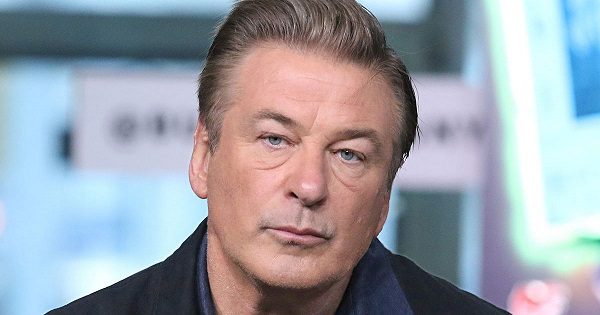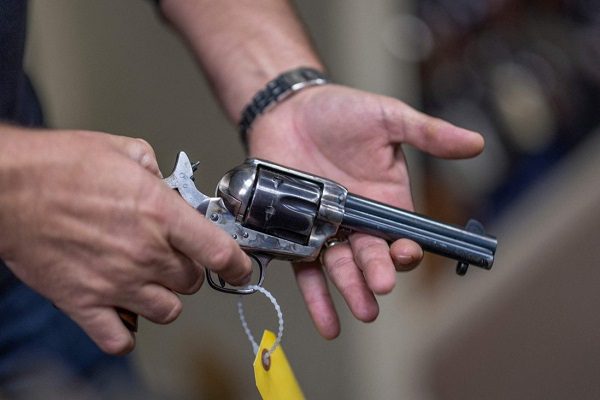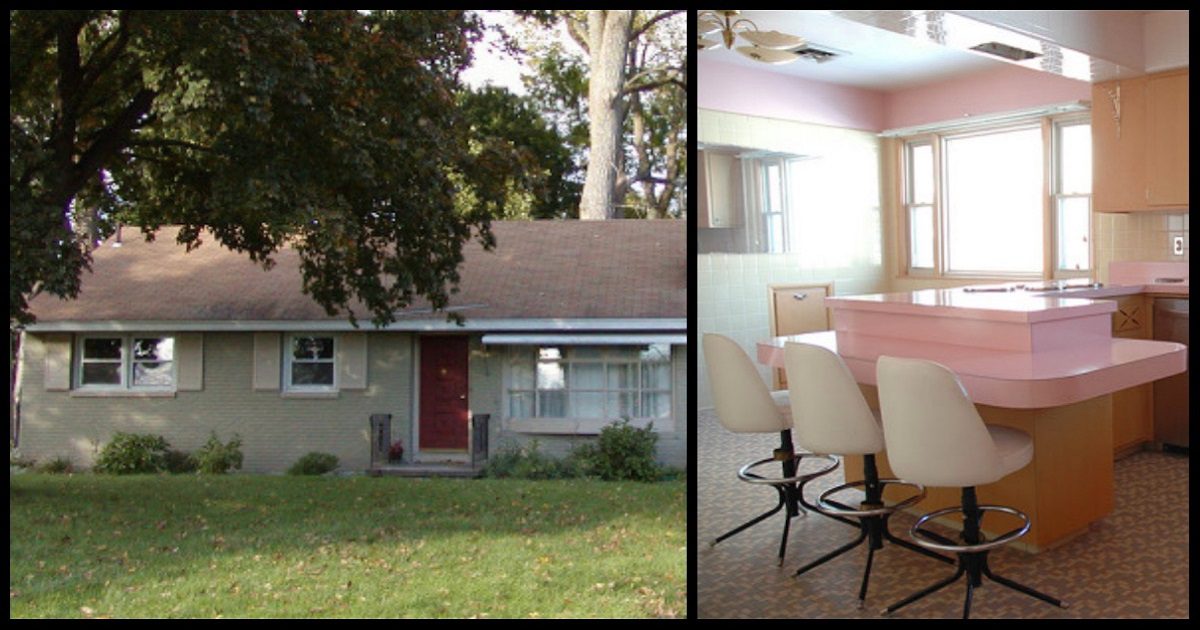Alec Baldwin discharged a prop gun on the set of the upcoming film “Rust” on Thursday, killing cinematographer Halyna Hutchins and injuring the film’s director, Joel Souza.
The incident is not the first such tragedy involving a prop gun. Brandon Lee, Bruce Lee’s son, died at age 28 in March 1993 after a shooting involving a prop gun. In 1984, actor Jon-Erik Hexum died from a self-inflicted gunshot involving a firearm with blanks.
How can a prop gun kill someone?
It’s a loose definition and could apply to anything from a rubber toy to a real firearm that can fire a projectile. However, if it’s used for firing (even just blanks) it’s considered a real gun. Chris Burbank, a former police chief in Salt Lake City who has consulted on several TV productions, said firearms for simulations during police training or film productions are often made so that they can only be loaded with blanks.
A blank is a type of gun cartridge that contains gunpowder but no bullet. Still, it can seriously hurt or kill someone who is close by, according to the Actors’ Equity Association. Film firearms safety coordinator Dave Brown wrote in a 2019 piece for American Cinematographer that, “Blanks expel gunpowder and hot gases out of the front of the barrel in a cone shape. This is harmless at longer ranges, but the explosion can seriously injure someone if it’s too close.”
Even prop gun is usually subjected to fairly strict safety standards on sets precisely because they can still be dangerous. “On the film, I recently made, even my plastic gun, I had to sign out, sign in every day,” Australian actor Rhys Muldoon said in a recent interview with BBC. “So that’s why this particular case is so incredibly baffling.”
View this post on Instagram
Experts are baffled as to how this happened
While the specific circumstances of the “Rust” shooting are still unknown, professionals in the business say that sometimes the crew and production are encouraged to “speed things up” for any number of reasons which can sometimes lead to “relaxed” safety protocols.
“There are basic safety measures on every set,” armorer Mike Tristano, told the BBC. “You never point a gun, even if it is not a firing gun, at anyone else. I’m at a loss how this could have happened and how it could have done that much damage.”




